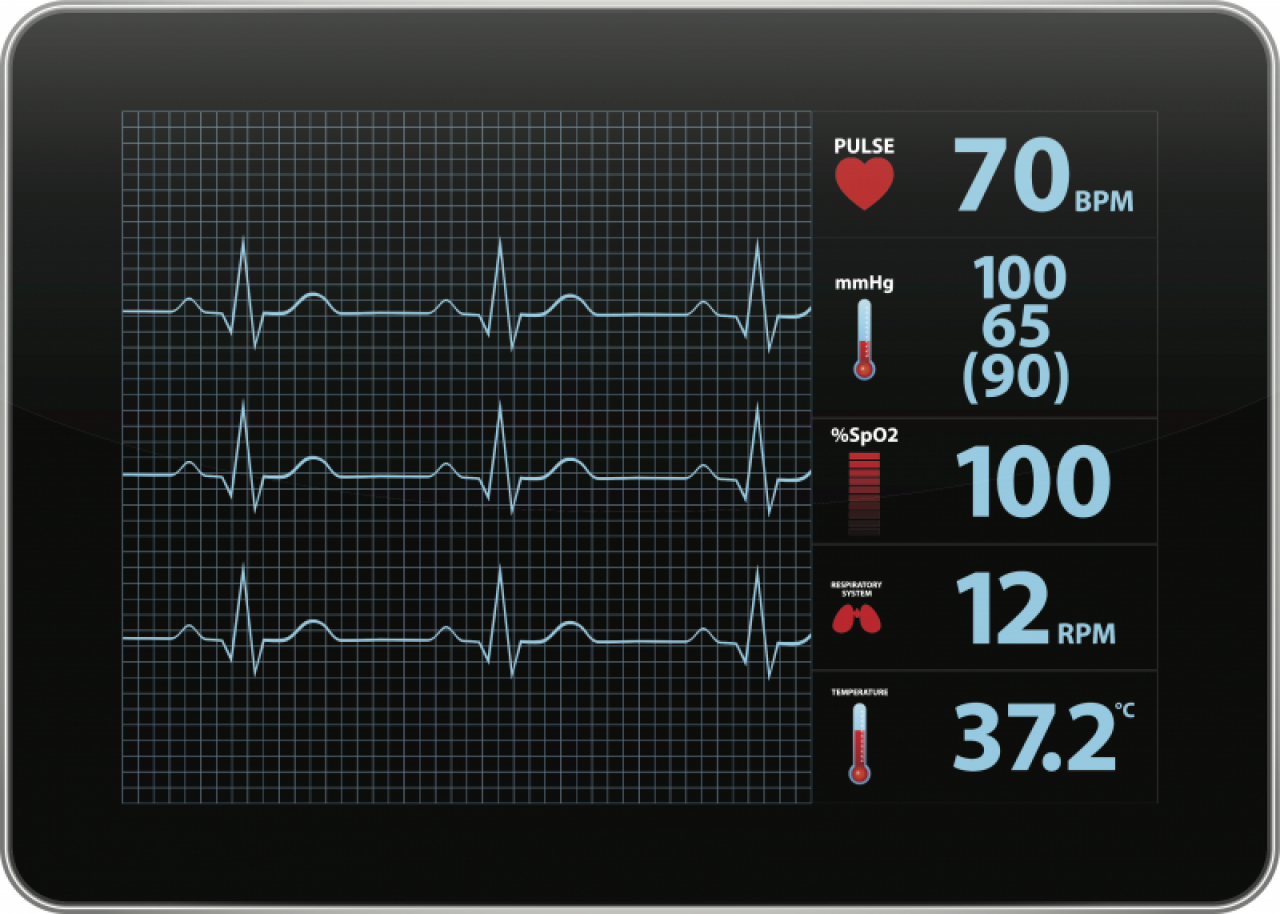Medical Devices and Helps Part 2: Monitoring Systems
It's no surprise that people want to stay in their homes and be self-sufficient. There are a lot of outstanding facilities out there that take great care of people. You always hear of the horror stories in the news or from friends about a person was treated poorly or neglected.
It's no surprise that people want to stay in their homes and be self-sufficient. There are a lot of outstanding facilities out there that take great care of people. You always hear of the horror stories in the news or from friends about a person was treated poorly or neglected. Thankfully this is not the norm; in my opinion, there are millions of chronically ill and seniors that get great care every day. However, such services can be very expensive. Technology can help with some of home care's associated tasks, potentially helping individuals stay at home longer. A few weeks ago, we looked at some cool technologies that help with medication management. Today we'll take a look at some great monitoring systems that can help families worry less about ill or elderly individuals.
 Philips Lifeline system
Philips Lifeline systemPhilips Lifeline with AutoAlert and GoSafe - This is an emergency alert system. Lifeline provides a pendant or watch the user can wear as they go about their day-to-day-activities. Both the watch and the pendant have an emergency button which the user can hit at any time in case of trouble. Lifeline will automatically connect the user to a call center, operating 24 hours a day, 7 days a week, where the level of help is determined and the appropriate help is dispatched. The pendant can even detect a fall. If a user doesn't hit the emergency button after a fall, Lifeline will call the user; if they receive no response, emergency personnel is dispatched. This device has very sensitive speakers that work like a speaker phone. This allows the user to be heard no matter where they are in their home. The Lifeline device does need a landline to be used. It has a battery backup that lasts up to 30 hours in case of power failure.
The Philips GoSafe product gives the same protection but also allows someone to call for an emergency through the pendant no matter where there at as long as they are within AT&T's network. This allows for users to have the same protection no matter where they are. These products do require a monthly fee, but those fees are less than the price of someone coming to the home or the user staying in a facility.


BeClose This is so much more than an emergency alert system. I love this product because unlike a medical alert system it allows you to monitor every aspect of the user's life. My father, a medical professional and has been in the home health industry for years, loves this system. BeClose not only allows you to keep track of a user, but also provides real data for medical professionals, helping them understand if a user might need more help, and in which areas. BeClose gives real insight that otherwise might go unnoticed, allowing users to have a more proactive role in their healthcare. The product has an emergency alert system with a pendent that can be worn around the neck or wrist, providing an emergency button and 24/7 help. This system also gives you a monitoring system with wireless sensors that can be monitored from anywhere as long as there is Internet access. Motion sensors track movement, or lack thereof, allowing loved ones to see how active a user is within their home. BeClose also has sensors that can be installed on doors, windows, refrigerator, or a medicine cabinet. This allows you to see if the person is eating, leaving the home, or how often the medicine cabinet is open. BeClose also has sensors for monitoring sleep and bathroom activity. Water sensors so you can determine if the bathtub has been left running. The data from all these sensors is compiled, ready to be monitored at anytime online. Family members or caregivers can set up custom notification via text, email, or phone. The service does require a home land line. Sensors are battery-powered, but caregivers receive alerts when it's time to replace the batteries. BeClose does have a monthly fee, but the cost is than a facility.
There are a lot of home monitoring systems on the market, and these are just two that I'm familiar with. There are products that allow for cameras to be put up instead of sensors so you can actually watch what's going on. There are products that employ wearable GPS systems, allowing activity, movement, and location to be monitored. Do you have experience with a favorite or perhaps an unsatisfactory monitoring system? Let us know by leaving a comment below! We'd love to hear from you.

 Member Connect
Member Connect